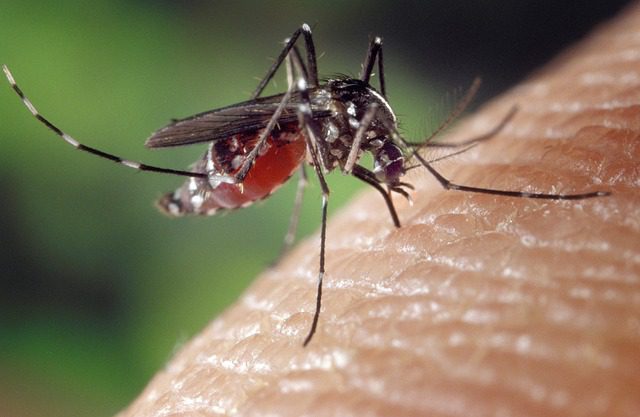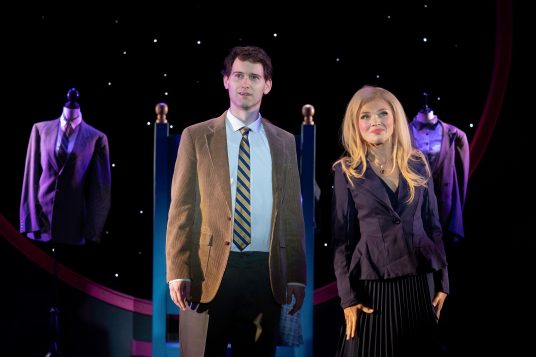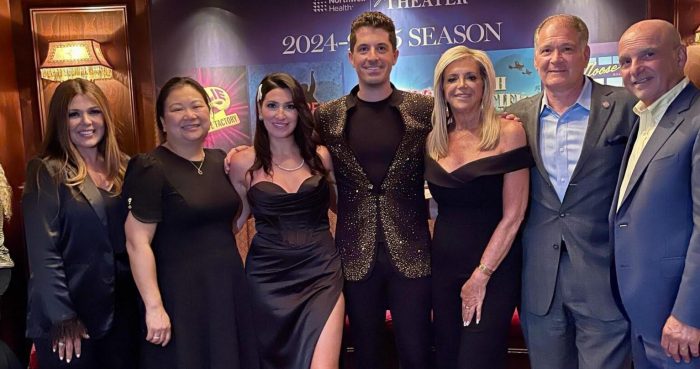By Toni-Elena Gallo
According to News12 Long Island, thirteen Long Island school districts are suing social media companies Instagram, TikTok, Snapchat and Facebook, citing increased mental health concerns among students.
South Huntington, Kings Park and Port Jefferson are just three of the school districts taking part in the class-action lawsuit.
South Huntington Union Free School District superintendent, Vito D’Elia, commented on his school district’s decision to join the lawsuit in a notice on the district’s website, saying, “We know the damage it’s doing to our students. We see it. We’re dealing with it. We see students that are more focused on their interactions on social media as opposed to their education. And, the ramifications are extremely dangerous.”
This stance was, recently, corroborated by U.S. Surgeon General Dr. Vivek Murthy, when he said that “it is time to require a surgeon general’s warning label on social media platforms,” citing found evidence that more than three hours per day on social media can double the risk of poor mental health outcomes, including symptoms of depression and anxiety.
Social media use is a major component of the vast majority of adolescents’ lives. According to data obtained by Pew Research Center in 2022, up to 95% of youth, ages 13 to 17, use at least one social media platform, and more than a third use social media “almost constantly.”
A prime motive for joining the lawsuit is hiked mental health service costs, as students have been showing symptoms of internet overexposure.
South Huntington school district is seeking increased funding to employ more mental health professionals, as well as implement “social emotional learning lessons more,” including assemblies and workshops, on safe digital use.
Social media harm to students’ psyches has forced the school district to revamp their curriculum in recent years, with teachers having to focus on things “other than their actual lesson plans,” explained South Huntington Board of Education president, Nicholas Ciappetta, who added that the board’s decision to join the lawsuit was unanimous.
“There are costs associated with [our plans],” he said.
The lawsuit is also asking for the social media companies to implement appropriate and stricter safeguards including improved age verification, parental notification upon sign-up, improved management of age appropriate content and the design of their algorithms.
Ciappetta did add that the purpose of social media is not completely negative, or in vain.
“We’re not trashing social media,” he said. “[The school district] certainly uses it as a way of getting our message out. But if you look at any of the platforms, there’s a lot of negativity on there. And I think the negative always gets amplified. So you need a little more positivity and you need a little more kindness. And that’s something that the social media companies can invest in too. They can partner with us to promote that message.”
Joining the lawsuit comes at no cost to the school districts. Lawyers taking on this case will get a percentage of a monetary recovery, if any, that comes out of this legal challenge.


























